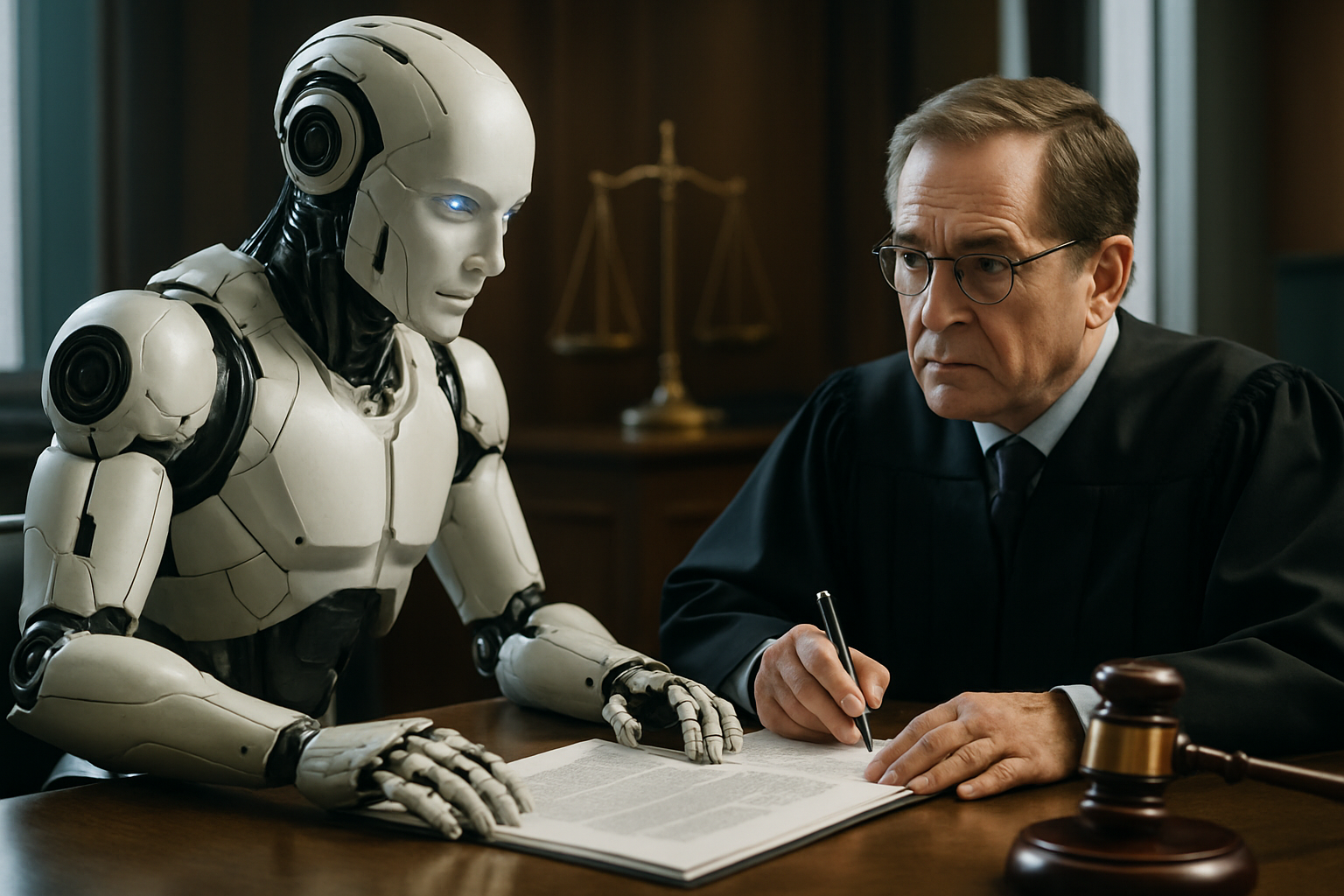Judicial Ethics in the Age of Social Media
In an era where digital platforms dominate communication, the intersection of judicial conduct and social media presents a complex landscape of ethical considerations. As judges navigate their roles in the digital age, questions arise about maintaining impartiality, preserving public trust, and balancing personal expression with professional responsibilities. This article delves into the evolving guidelines for judicial social media use and examines the challenges faced by the judiciary in preserving integrity while engaging with modern communication tools.

Historical Context of Judicial Ethics
Judicial ethics have long been governed by principles of impartiality, integrity, and propriety. The American Bar Association’s Model Code of Judicial Conduct, first adopted in 1924 and regularly updated, serves as a foundation for state judicial conduct codes. These codes traditionally focused on in-person interactions and public appearances. However, the advent of social media has necessitated a reevaluation of these guidelines to address the unique challenges posed by digital engagement.
Current Guidelines and Variations
Across jurisdictions, approaches to judicial social media use vary significantly. Some states have adopted strict prohibitions, while others provide more flexible guidelines. The ABA Standing Committee on Ethics and Professional Responsibility issued a formal opinion in 2013, stating that judges may participate in electronic social networking but must comply with relevant provisions of the Code of Judicial Conduct and avoid any conduct that would undermine the judge’s independence, integrity, or impartiality, or create an appearance of impropriety.
Navigating Friendships and Connections
One of the most contentious issues in judicial social media use is the nature of online friendships. Courts have grappled with whether a judge’s social media connection with attorneys or parties appearing before them constitutes grounds for recusal. Some jurisdictions have ruled that a mere connection does not automatically require recusal, while others have taken a more cautious approach, emphasizing the need to avoid even the appearance of impropriety.
Expression and Restraint
Judges face a delicate balance between their right to free expression and their duty to maintain impartiality. Social media platforms offer tempting opportunities for judges to share opinions on legal matters or current events. However, such expressions can lead to perceptions of bias or pre-judgment of cases. Guidelines typically advise judges to exercise extreme caution in their online communications, avoiding comments on pending cases or controversial issues that may come before the court.
Privacy and Security Concerns
The use of social media by judges also raises important privacy and security considerations. Personal information shared online can potentially be used to compromise a judge’s safety or the integrity of judicial proceedings. Many guidelines now emphasize the importance of robust privacy settings and caution against sharing personal details or location information that could put judges or their families at risk.
Impact on Public Perception
The way judges engage with social media can significantly influence public perception of the judiciary. While appropriate use of social media can humanize judges and increase transparency, missteps can erode public trust. Courts and judicial conduct committees are increasingly recognizing the need to balance the benefits of judicial engagement with the paramount importance of maintaining the integrity and impartiality of the judicial system.
Future Directions and Ongoing Debates
As technology continues to evolve, so too must the guidelines governing judicial conduct in the digital realm. Ongoing debates center around the appropriate level of restriction on judicial social media use, the role of education in preparing judges for digital engagement, and the potential for technology to enhance judicial transparency and accessibility. The challenge lies in developing frameworks that protect judicial integrity while acknowledging the realities of modern communication.
In conclusion, the intersection of judicial ethics and social media presents a dynamic and challenging landscape for the legal profession. As courts and judicial conduct committees continue to refine their approaches, judges must navigate these digital waters with caution, always mindful of their fundamental duty to uphold the integrity and impartiality of the judicial system. The evolving nature of this issue underscores the need for ongoing dialogue, education, and adaptation within the legal community to ensure that the judiciary remains both relevant and respected in the digital age.





